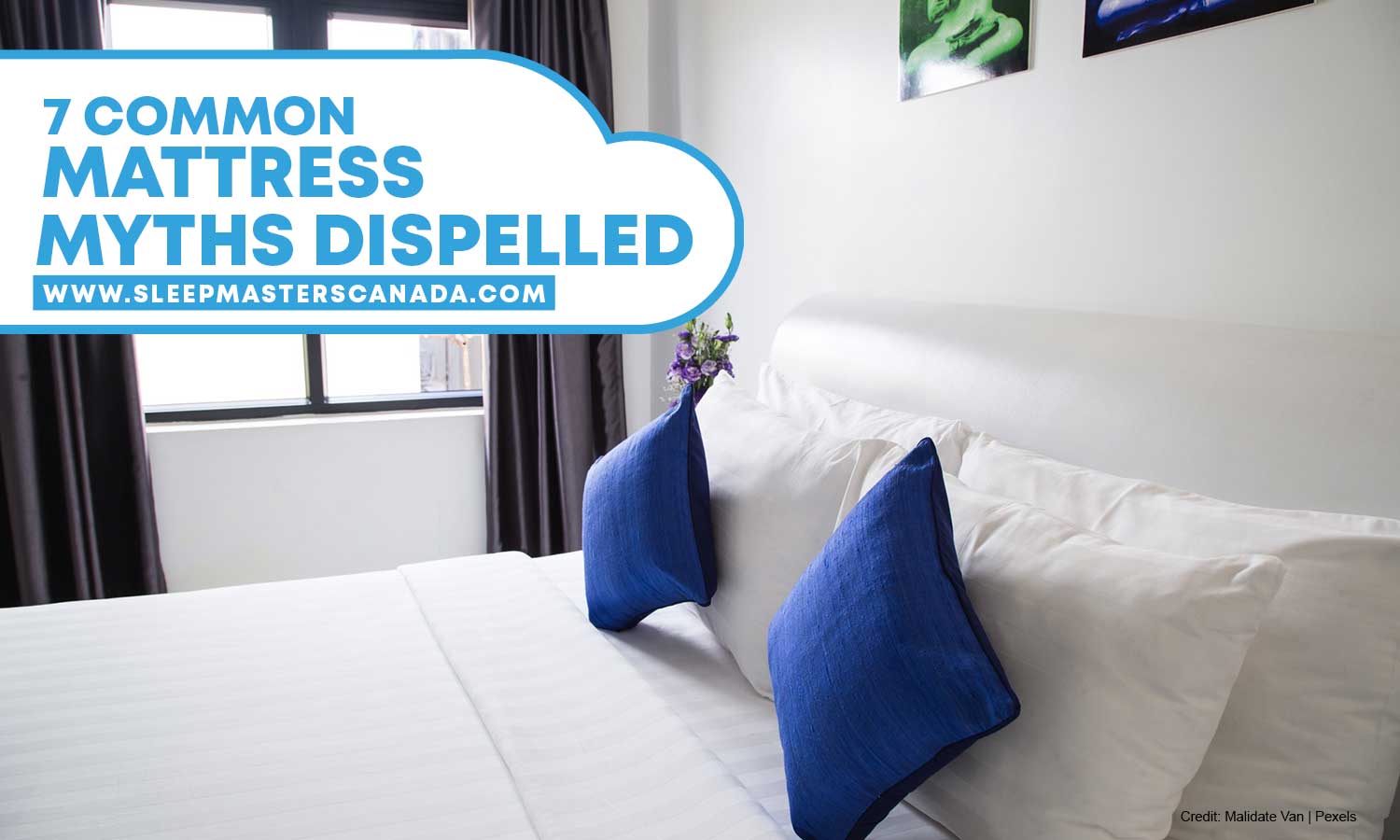
7 Mattress Myths Debunked
Achieving a restful night’s sleep is a priority for many, and a crucial factor in this quest is finding the perfect mattress. However, navigating through the plethora of information on mattresses can be overwhelming, compounded by the emergence of numerous misconceptions that further complicate the decision-making process.
Whether these myths are intentionally propagated as scare tactics, result from false advertising, or simply arise from skeptics, their prevalence can significantly impact your purchasing choices. Unfortunately, falling victim to misinformation might jeopardize the quality of your sleep. It is imperative to shed light on these mattress myths, debunking them to empower consumers with accurate information for selecting a mattress that aligns with their unique needs.
In this pursuit, let’s unravel the fabrications and set the record straight, allowing you to make an informed decision about your mattress. By dispelling these myths, we aim to provide you with the knowledge necessary to choose a mattress that not only meets your preferences but also contributes to a better and more rejuvenating sleep experience.
How Do Mattresses Affect Your Sleep and Health?
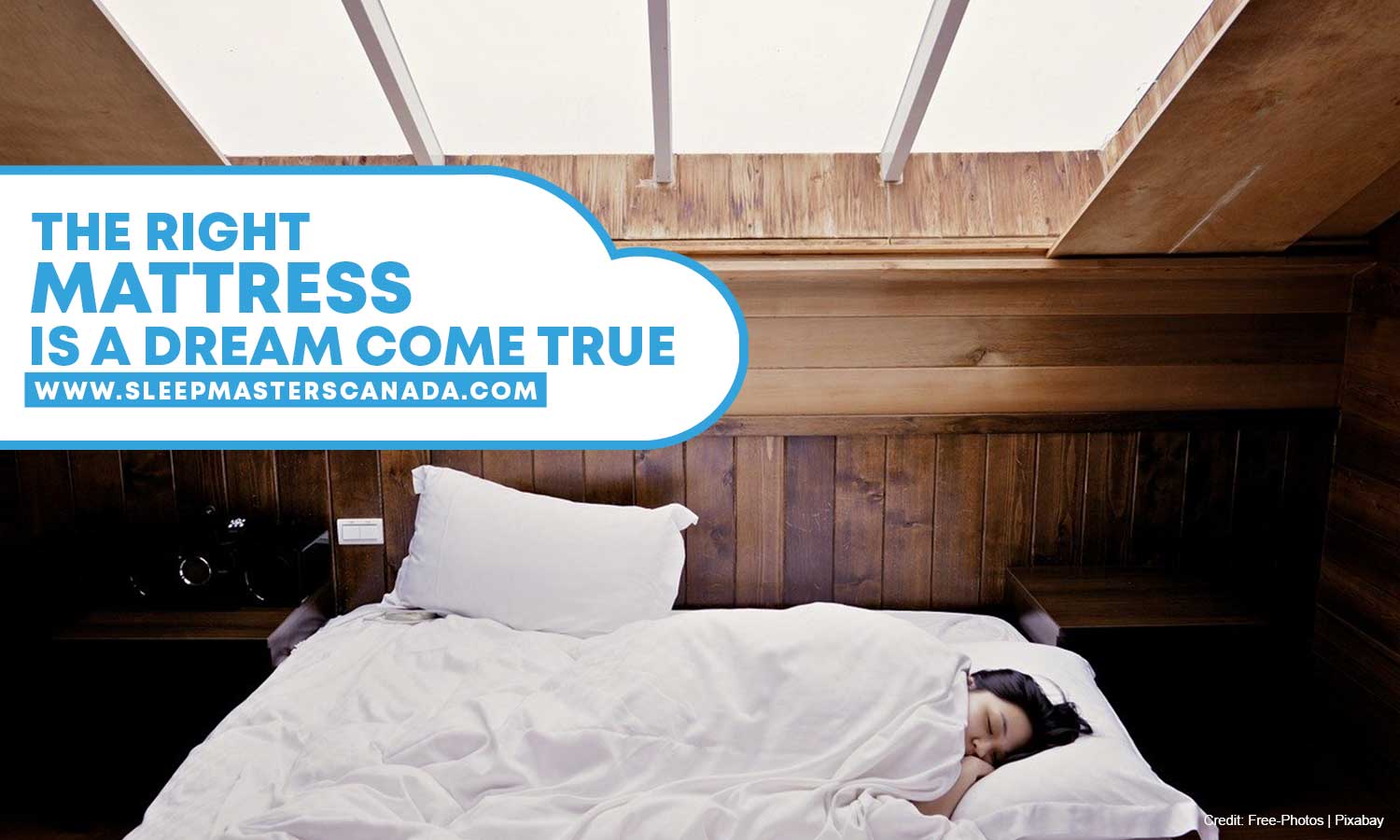
Selecting the right mattress transcends the mere pursuit of a soft surface to lay on; it can profoundly influence the quality of your sleep and, consequently, impact your overall well-being. The ramifications can be both positive and negative, contingent upon the type of mattress you choose:
Positive Impact on Sleep Quality:
Investing in a high-quality mattress can be a game-changer, affording you a restful night’s sleep that leaves you feeling revitalized and in a positive mood upon waking. The right mattress supports your body, ensuring proper alignment and comfort, contributing to a more profound and rejuvenating sleep experience.
Relief from Aches and Pains:
A mattress tailored to your specific needs can provide relief from aches and pains. The right level of support, whether firm or soft, can alleviate pressure points and promote a healthier posture, addressing discomfort that might otherwise persist with an ill-suited mattress.
Back Injury Prevention, Especially for the Elderly:
Opting for broken or low-quality mattresses, particularly for older individuals, can heighten the risk of back injuries. The lack of proper support compromises spinal alignment, exacerbating existing conditions and potentially leading to long-term discomfort or injury.
Respiratory Health and Skin Allergies:
Neglecting the condition of your mattress can contribute to respiratory health issues and skin allergies. A dirty or worn-out mattress may harbor allergens, dust mites, and other contaminants, posing risks to your respiratory system and skin health. Regular maintenance and timely replacement are crucial for mitigating these concerns.
Mattress Myths Versus Reality
Navigating the mattress market can be a perplexing journey, especially when clouded by prevalent misconceptions that either push you towards or steer you away from particular decisions. As you embark on the quest for a perfect sleeping surface, exercising caution and critical thinking is paramount, as some common mattress myths can mislead you. Here are a few of the most pervasive ones:
1. Mattresses Must be Replaced Every 8 years
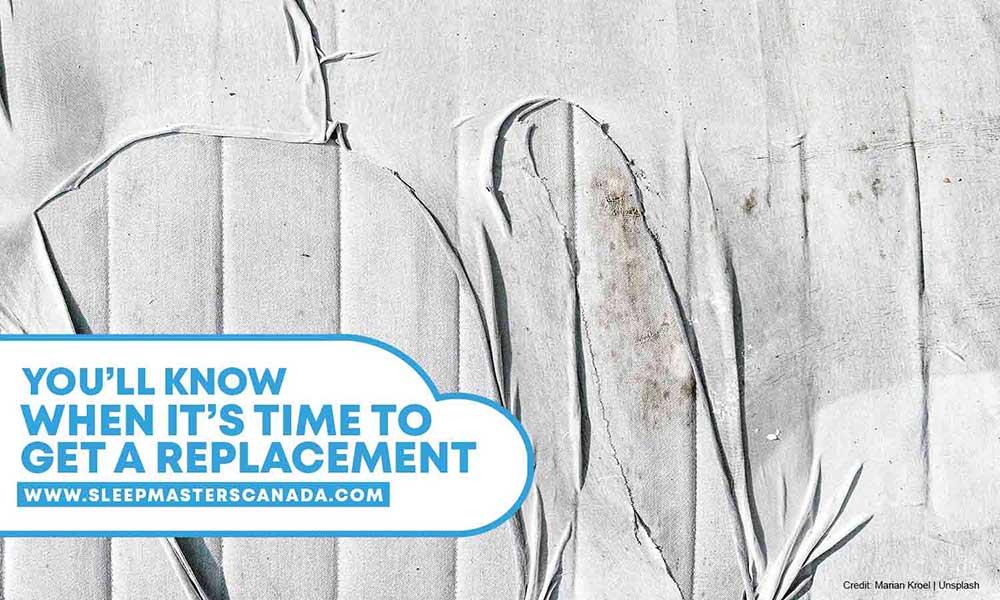
The commonly held belief regarding the lifespan of mattresses is often rooted in manufacturers’ estimates, but the reality is far more nuanced. Unlike a rigid set of rules dictating when a mattress must be replaced, the longevity of your mattress hinges on various factors, including its quality, usage, and the inevitable wear and tear it undergoes over time.
Certain signs, however, serve as red flags, suggesting that the time for a mattress replacement may be drawing near. Keep a vigilant eye for the following indicators:
Lumpy or Bumpy Surface:
Uneven surfaces can disrupt your sleep and are indicative of the internal structure breaking down. If your mattress resembles a terrain of lumps and bumps, it may be time to consider a replacement.
Loud Squeaks (for Spring Mattresses):
Audible creaks and squeaks, especially common in spring mattresses, signal structural issues. These disturbances not only disrupt your sleep but may also point to wear in the mattress’s support system.
Morning Sneezing and Sniffling:
If you find yourself waking up to a symphony of sneezes and sniffles, it could be a sign that your mattress harbors allergens. Over time, mattresses accumulate dust mites and other allergens, impacting your respiratory health.
Preference for Other Beds:
If you consistently enjoy better sleep on other beds, it’s worth considering whether your current mattress is meeting your needs. Changes in personal comfort preferences or the aging of your mattress can prompt a reassessment.
Stiff Muscles and Joints Upon Waking:
Waking up with stiffness or joint discomfort may signify that your mattress is no longer providing adequate support. Over time, wear and compression of materials can compromise the mattress’s ability to cushion and align your body properly.
2. Firm Mattresses Are Always Better
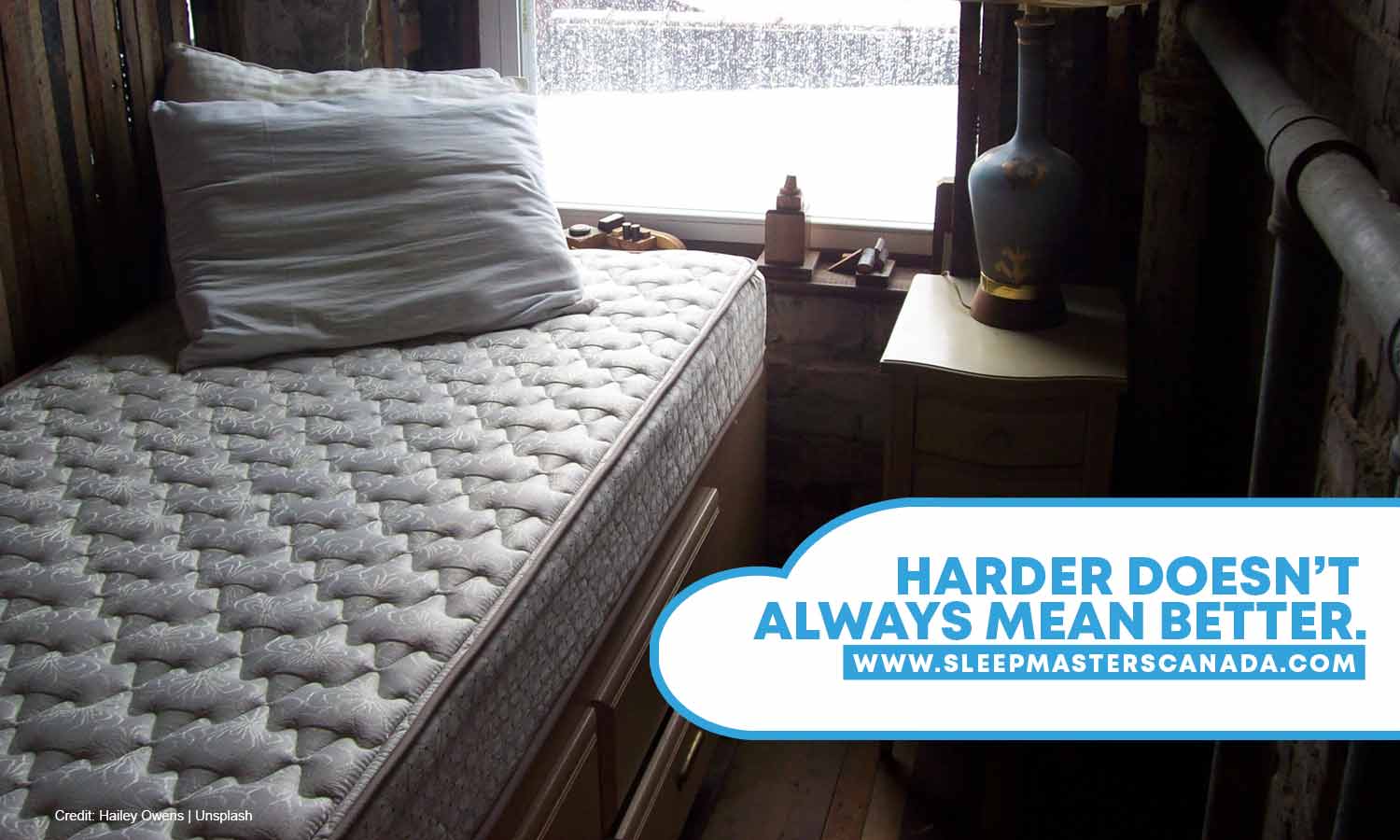
Long-standing beliefs urging those with back pain or spine issues to opt for excessively hard mattresses have endured over time. Regrettably, the rigid nature of these beds fails to accommodate the natural curvature of the spine, and while changing sleep positions may offer some relief, the drawbacks of overly firm mattresses can lead to a host of additional issues:
Discomfort for Side Sleepers:
The unyielding nature of extremely firm mattresses creates pressure points on the shoulders and pelvic area, making them uncomfortable for those who prefer sleeping on their sides. This discomfort can hinder a restful night’s sleep and exacerbate existing pain.
Misalignment of the Spine:
While hard mattresses may offer support to the heaviest parts of the body, namely the shoulders and hips, they often lead to spinal misalignment. This misalignment, over time, can contribute to persistent back problems and discomfort.
Lack of Conformity to Body Shape:
Overly firm mattresses do not adapt well to the contours of your body, leaving certain areas unsupported. This lack of conformity can contribute to additional back pain as specific regions are not properly cushioned.
For individuals grappling with back problems, the optimal solution lies in choosing an orthopedic mattress. The advantages of opting for this specialized mattress make it a worthwhile investment:
Even Body Weight Distribution:
Orthopedic mattresses are designed to evenly distribute body weight across the entire sleeping surface. This even distribution helps prevent the development of pressure points and ensures a more comfortable sleep.
Reduced Strain on Neck and Back:
By providing targeted support, an orthopedic mattress reduces strain on the neck and back. This support promotes better posture during sleep, contributing to overall spinal health.
Alleviation of Stress on the Spine:
One of the key benefits of orthopedic mattresses is their ability to alleviate stress on the spine. This contributes to improved spinal alignment, reducing the likelihood of backaches and fostering a more supportive sleep environment.
3. All Memory Foams Mattresses Are Too Hot
Early memory foams were crafted from dense materials lacking interconnected air channels, impeding effective heat dissipation. However, it’s crucial to dispel the notion that all memory foams share this flaw, as modern innovations have addressed this issue comprehensively:
Open Cell Construction for Improved Airflow:
Contemporary memory foams feature open cell construction, enhancing airflow and breathability. This design mitigates the heat retention problem, allowing for a cooler and more comfortable sleep experience.
Infusions for Cooling Sensation:
To counteract heat retention, many memory foams now come infused with cooling materials such as gel. These infusions actively dissipate heat, providing a refreshing sensation and further debunking the misconception about memory foams causing overheating.
While memory foam mattresses have evolved to tackle heat retention, it’s essential to acknowledge that other factors beyond the mattress contribute to sleep warmth:
Platform Structure:
Solid platforms with flat bases can impede airflow around the mattress, contributing to heat and moisture retention. Ensuring proper mattress ventilation is crucial for optimizing sleep temperature.
Bedding Materials:
Non-breathable bed sheets and covers can exacerbate warmth issues. Opting for breathable, moisture-wicking materials enhances overall mattress performance and sleep comfort.
Pillow Selection:
The choice of pillows matters too. Heat-retaining pillows can elevate your body temperature significantly, influencing your overall sleep experience. Choosing pillows with breathable materials can mitigate this effect.
4. Mattress Toppers Can Fix Any Mattress
There is a prevalent belief that incorporating a mattress topper is sufficient to resolve the comfort issues associated with an unsuitable mattress. However, it’s important to recognize that while mattress toppers can provide additional cushioning and support, they are not a comprehensive solution to address the core issues.
A mattress topper primarily serves as a supplementary layer, offering extra comfort and potentially mitigating minor discomfort. Nevertheless, if the underlying mattress is too old, lacks proper support, or is incompatible with specific sleep preferences, a topper alone may not fully rectify the situation.
To ensure optimal sleep quality, it’s imperative to delve into the root causes of dissatisfaction with the existing mattress. Assessing factors such as mattress age, firmness, and overall condition is crucial. If the mattress is nearing the end of its lifespan, no longer provides adequate support, or doesn’t align with personal comfort preferences, investing in a new mattress becomes essential.
5. Latex Mattresses Trigger Allergies
One prevalent misunderstanding about latex mattresses is that they are prone to harbor dust mites and molds, contributing to allergies. Contrary to this belief, latex is inherently resistant to these allergens, making latex mattresses an excellent choice for individuals prone to allergies.
Moreover, natural latex mattresses go a step further by being free from chemicals commonly used to prevent the growth of molds and dust mites. This not only makes latex mattresses a safer option but also aligns with the needs of those seeking a more natural and chemical-free sleep environment.
In essence, latex mattresses, particularly those made from natural latex, provide a hypoallergenic and health-conscious choice, countering the misconception that they are susceptible to common allergens.
6. Higher Price Equals Better Quality
The belief that a higher-priced mattress equates to superior quality can lead to overspending, overlooking nuanced factors crucial to comfort and suitability. Price alone does not reliably correlate with the overall sleeping experience; instead, careful consideration of materials, construction, and personal preferences is essential.
While an expensive mattress may boast premium materials and features, it doesn’t guarantee the ideal level of comfort for every individual. The suitability of a mattress is highly subjective, influenced by factors such as sleep position, firmness preferences, and specific health considerations.
Moreover, understanding the materials used in a mattress, such as memory foam, latex, or innerspring coils, is vital. Each material comes with its own set of characteristics that may or may not align with an individual’s comfort needs.
A comprehensive approach to mattress selection involves evaluating not only the price tag but also considering the mattress’s construction, materials, and how well it matches personal preferences. By doing so, consumers can make more informed decisions, avoiding the pitfall of assuming that a higher price automatically translates to a better sleeping experience.
7. Getting the Right Mattress will Prevent Tossing and Turning
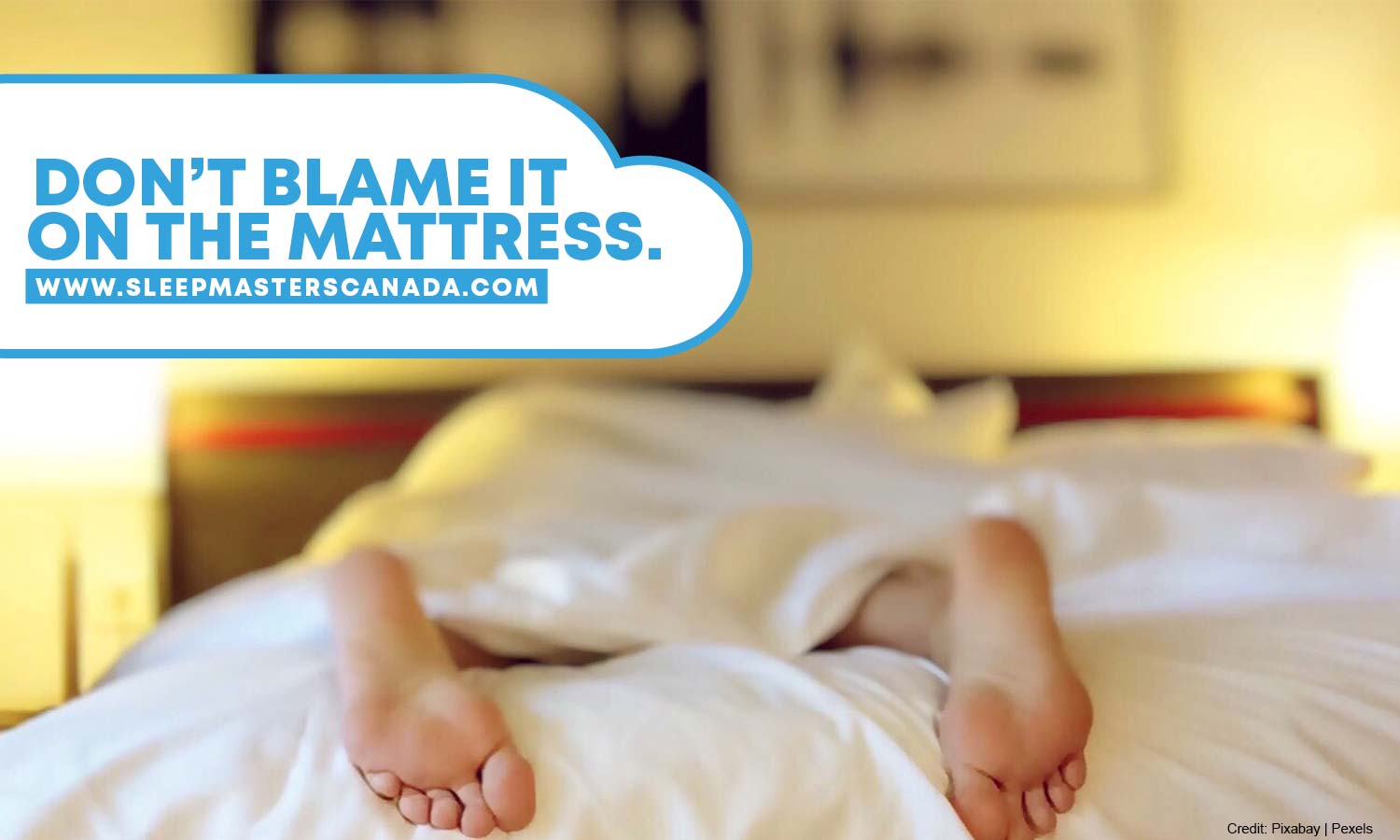
There’s a common belief that tossing and turning during sleep is solely attributed to uncomfortable mattresses or pillows. In reality, these involuntary movements are often the body’s natural response to seeking comfort. Without conscious awareness, individuals may shift positions up to 75 times a night, responding to factors like pain, pressure, or changes in temperature.
These subtle adjustments are the body’s way of ensuring optimal comfort and relieving any discomfort experienced during sleep. While it might be challenging to control these unconscious movements entirely, investing in a quality mattress can play a crucial role in providing unrestricted movement and minimizing unnecessary shifts.
In essence, understanding that tossing and turning is a natural aspect of the body’s adjustment to various stimuli during sleep challenges the misconception that it is solely indicative of mattress or pillow discomfort. A mattress designed to accommodate the body’s movement can contribute to a more comfortable and restful night’s sleep.
Prioritizing quality sleep is paramount for overall well-being, and selecting the right mattress is a crucial step towards achieving that goal. Falling prey to common misconceptions about mattresses can have detrimental effects on your sleep quality. To ensure a restful night’s sleep, exercise caution and avoid these misconceptions whenever possible.
At Sleep Masters, we understand the importance of a good mattress in enhancing your sleep experience. If you’re in search of great deals on mattresses, visit us at our mattress store near you. Our team is dedicated to helping you find the perfect mattress that aligns with your preferences, ensuring you get the quality sleep you deserve. Your comfort and well-being are our top priorities, and we look forward to assisting you at our Mattress Store in Toronto.

 Serta
Serta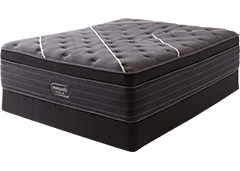 Simmons BeautyRest®
Simmons BeautyRest® Pocket Coil
Pocket Coil Memory Foam
Memory Foam Pillow-Top
Pillow-Top Dreamstar Mattresses
Dreamstar Mattresses Mattresses under $500
Mattresses under $500